Fiddletown is a Sierra foothills Gold Rush gem without the glitz and the crowds
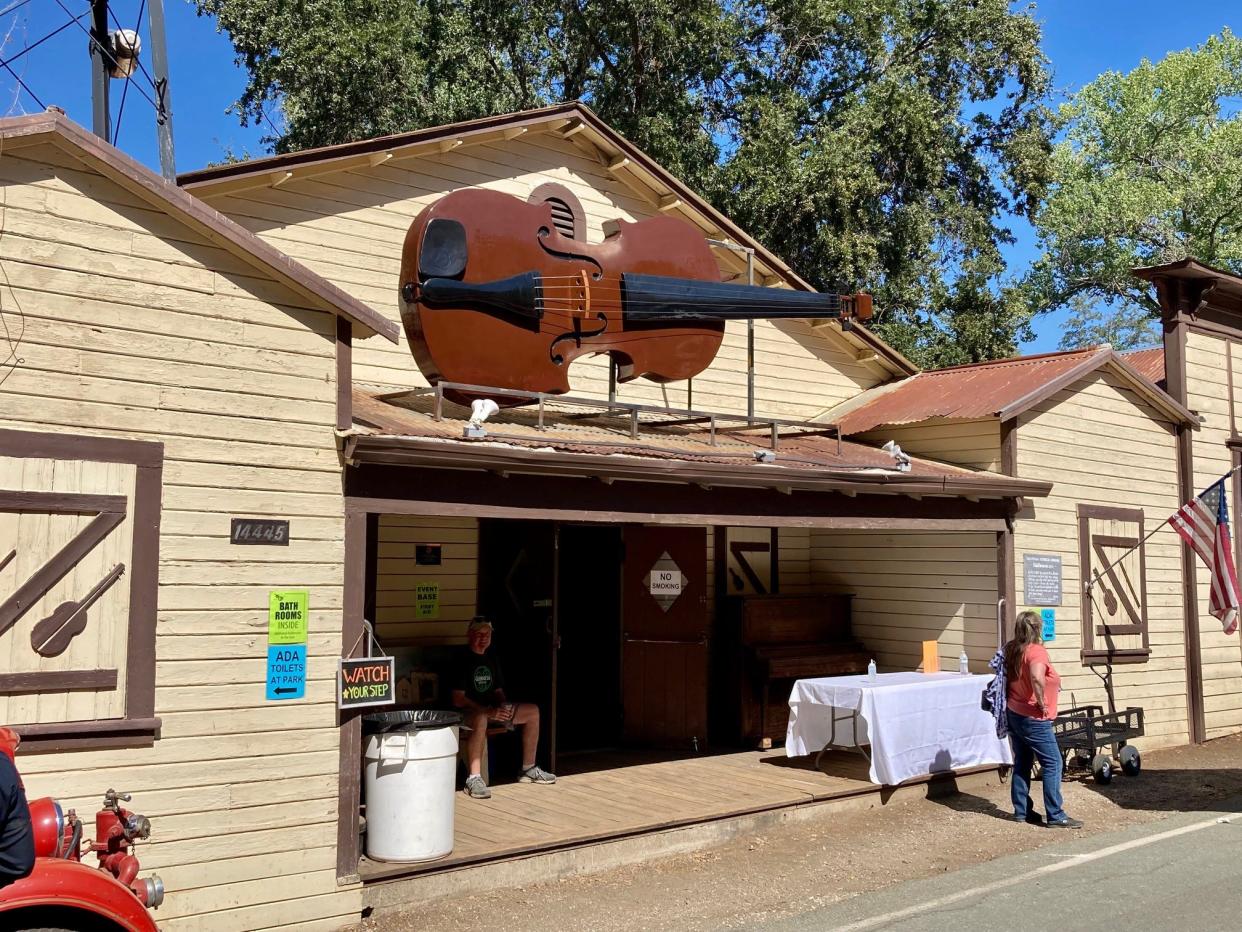
I will admit that I’m a nut for the Sierra foothills and the historic towns that evolved along with the California Gold Rush. Many towns are favorites, strung along Highway 49, starting with (north to south) Nevada City, Auburn, Coloma, Placerville, Plymouth, Amador City, Sutter Creek, Jackson, Mokelumne Hill, Columbia, Sonora and Tuolumne City.
All these towns feature history, noteworthy evidence of the gold mining era, shops and restaurants — with many of them featuring almost too many shops (there is a limit to the number of nostalgia outlets I can handle).
However, one town stands out as a favorite, even though it lacks the glitz and glitter that many of the other towns offer in over-abundance. The town is Fiddletown, 8 miles from Plymouth on the quiet Fiddletown Road.
More from Tom Viall: These road trips are close to Stockton and feature hikes, history and stunning scenery
The town appeared on the scene early in the state’s Gold Rush boom, when gold was discovered in the creek beds and placer mining soon propelled the tiny town to blossom from nothing to several thousand residents.
Fiddletown remains off the beaten path, and a midweek visit will often present no competing tourists to admire the old city. Even on the weekends, you’ll seldom find more than a handful of people touring the old buildings and classic homes spread over a compact six-block area.
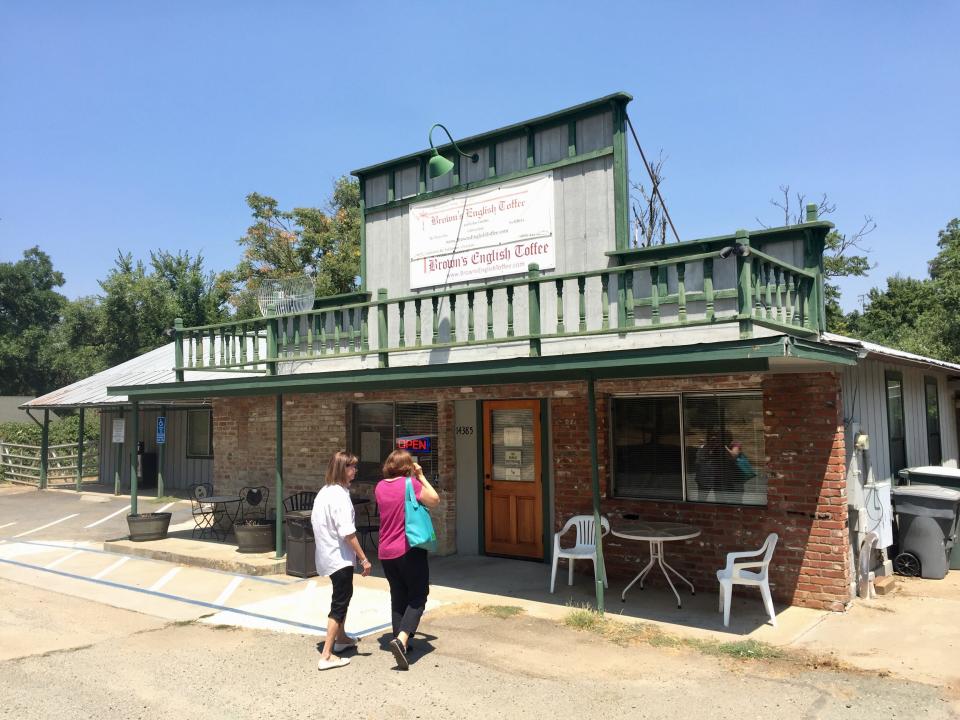
Stop in Brown’s English Toffee, where you can pick up a self-guided tour map, and wander among the town’s historic buildings and homes.
To reach Fiddletown, you will pass through Plymouth; both towns are approximately 60 miles northeast of Stockton, are rich in history and offer explorers a wealth of interesting historic sites, shops, restaurants and wineries ripe for the touring! And — at 1,600 feet elevation — Fiddletown is generally cooler than our often sweltering San Joaquin Valley.
Fiddletown traces its Gold Rush history back further than Plymouth (though Plymouth, located on Highway 49, is larger and better known). Fiddletown was established by prospectors from Missouri in 1849, and quickly grew in the 1850s and 1860s as a center of trade for many mines located nearby.
Miners were known during the dry season when creek water for their hydraulic mining ran low to just “fiddle around,” hence the town’s name. A wealthy resident, Columbus A. Purinton, embarrassed to say he was from the city of Fiddletown, petitioned the state legislature to rename the town Oleta (after a woman he knew) in 1878, but on his demise 50 years later, citizens re-petitioned and the town reverted to the Fiddletown name.
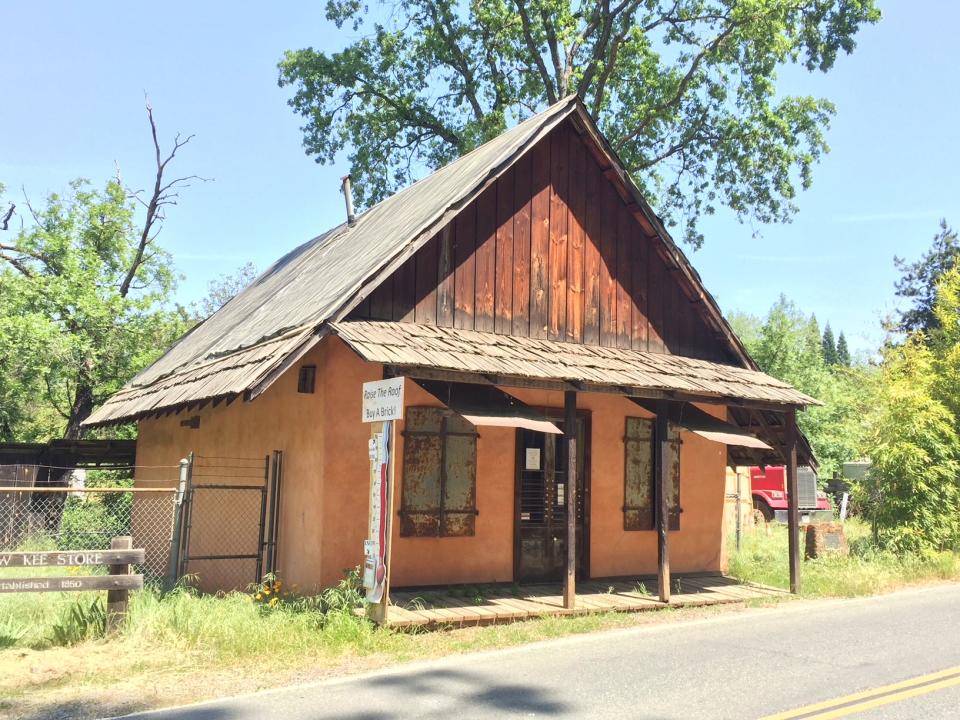
During the city’s boom years, it numbered almost two dozen businesses, a handful of taverns, blacksmith shops, bakeries and restaurants. With a post office, church and school, it was a full-fledged city. The town boomed to more than 2,000 residents, almost half Chinese, who worked the mines and established many of the early businesses (some of these still stand, though in a state of suspended decay; the local Fiddletown Preservation Society is working to refurbish several structures).
While touring the remaining blocks of old Fiddletown, be sure to check out the Chew Kee Apothecary, usually open noon to 4 p.m. (a rare “rammed earth” building dating to 1850); two nearby Chinese merchant buildings, C. Schallhorn’s Blacksmith and Wagon Store; and the Fiddletown Community Center with the giant fiddle over the door!
While exploring the historic main drag, don’t miss Brown’s English Toffee, offering candy concoctions extraordinaire, as well as self-guided Fiddletown tour brochures.
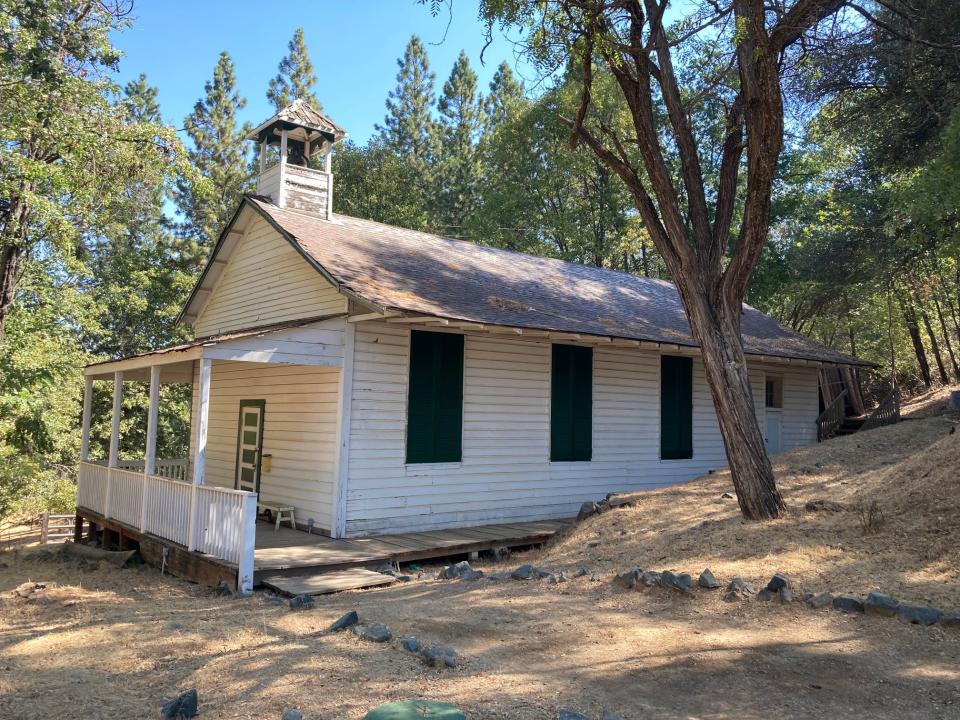
From Fiddletown Road, detour just ⅜’s mile up American Flat Road to the Fiddletown School-house, circa 1862, currently being reconditioned.
Across the road, wander through the Fiddletown Public and Masonic Cemeteries, where scores of early pioneers lay at rest. Fong Chow Yow, Fiddletown’s last Chinese resident, is the only Chinese person buried here, reflecting societal strictures of the day.
‘A gold mine of Asian history': Bay Area students see Stockton’s cultural sites
Plymouth traces its history to the 1870s, when prospectors stopped in search of quartz and gold and stagecoaches made regular stops. For gourmet travelers, the Taste Restaurant in Plymouth is a must-stop, drawing rave reviews from around the region. Proprietors of Taste recently opened a next-door hotel, Rest, getting fine reviews.
The city boasts a classic public park with bandstand, the old Plymouth Hotel and other eateries, all grouped along several old-town blocks. Plymouth is home to a motel and several bed and breakfasts, catering to travelers and wine aficionados.
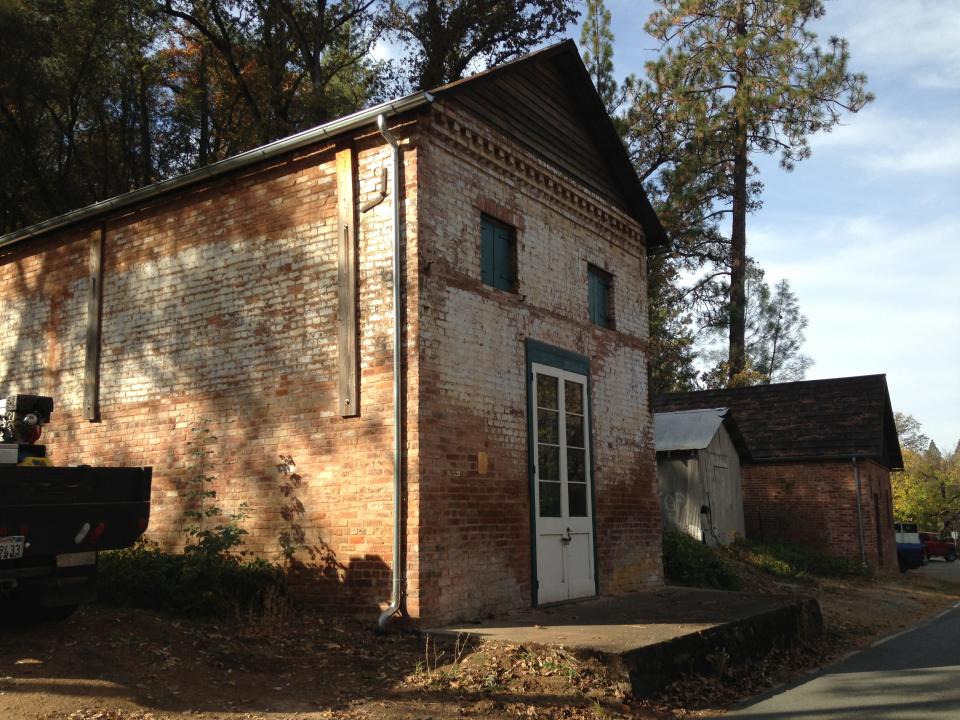
Both Fiddletown and Plymouth are known as “Gateways to the Shenandoah Valley,” home to more than 30 wineries and fast-becoming known as the scenic home to very skillful winemakers. From Fiddletown, it’s just a few miles to favorite wineries, such as Villa Toscano, where a delicious pizza and bottle of local wine goes for only $29.
Other favorite stops include Helwig, Karmere and Borjon Wineries. While touring scenic backroads through the Shenandoah Valley, watch for wild turkeys and deer, both found in abundance in this bucolic setting!
For more information on Amador County and Shenandoah Valley, visitamador.com; for Fiddletown Historic Society, fiddletown.info.
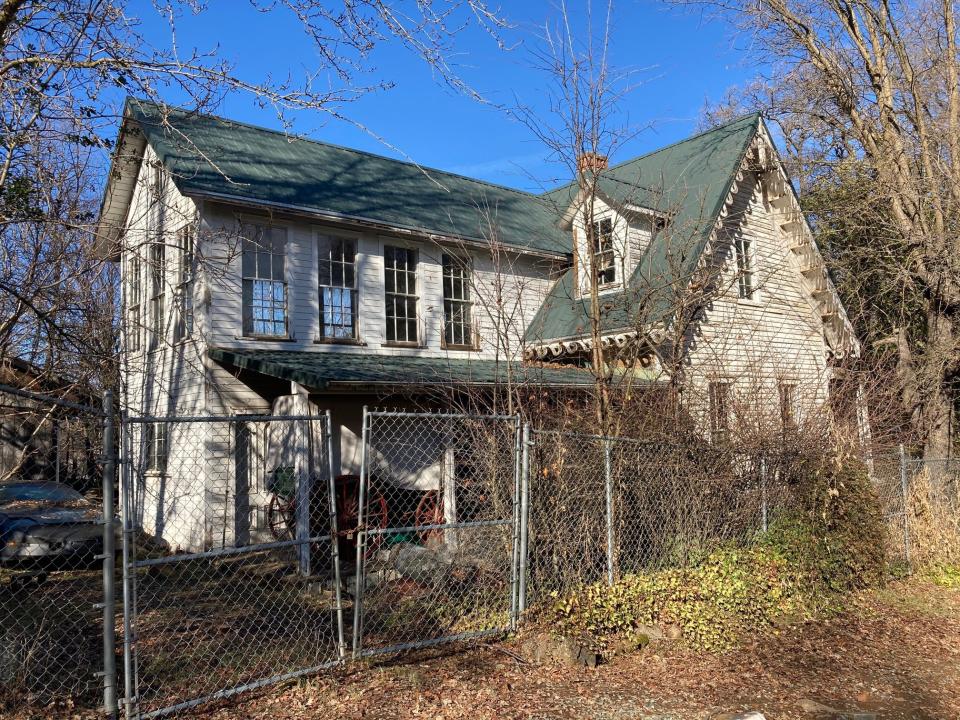
Contact Tim at tviall@msn.com; happy travels in the Sierra!
This article originally appeared on The Record: Visit Fiddletown, a Gold Rush gem in Sierra foothills, on your next road trip

